Little Bighorn Battlefield National Monument
Introduction
Text-to-speech Audio
Images
The Little Bighorn Battlefield National Monument is located near the town of Crow Agency in Montana.
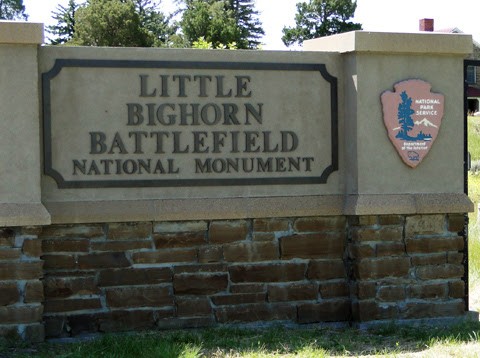
The memorial commemorates one of the worst military defeats for the US Army after a fateful decision and a victory by Plains Indians.
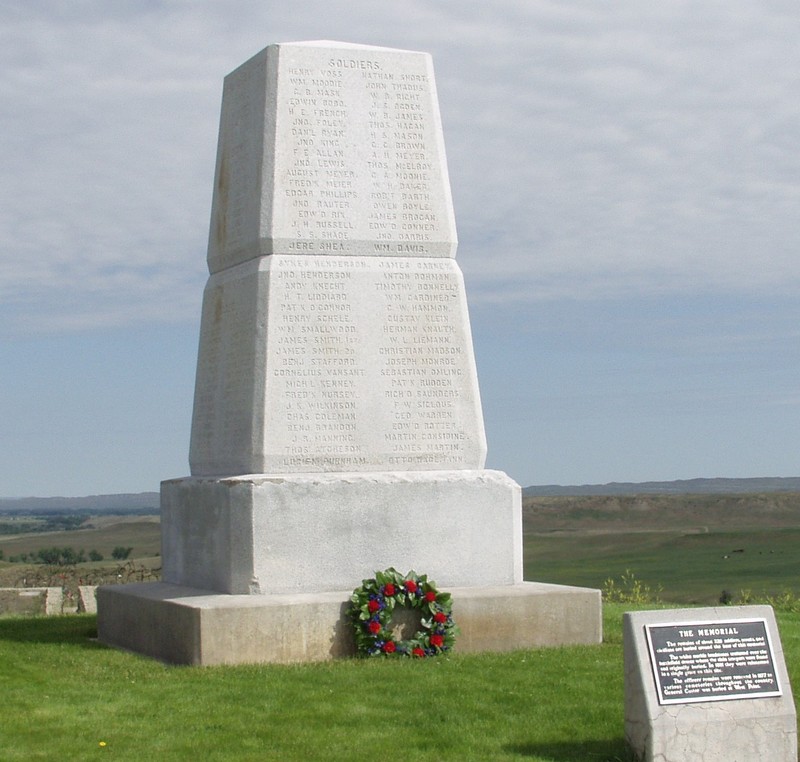
Custer National Cemetery is adjacent to the National Monument that includes many frontiersmen, Native scouts, and other military personnel.
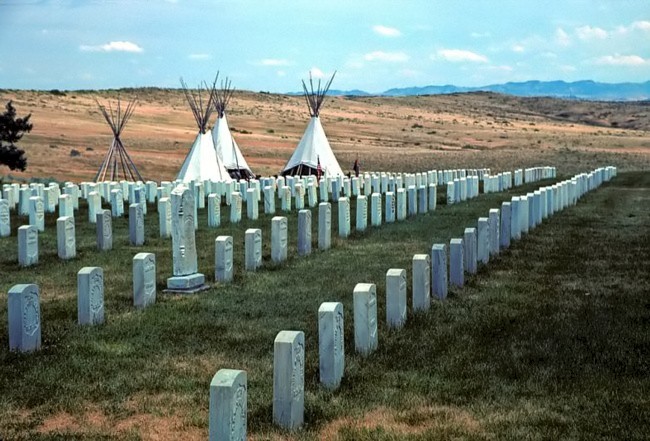
The Native American Memorial commemorates the Plains Indians and their struggle to preserve their lands and their way of life.
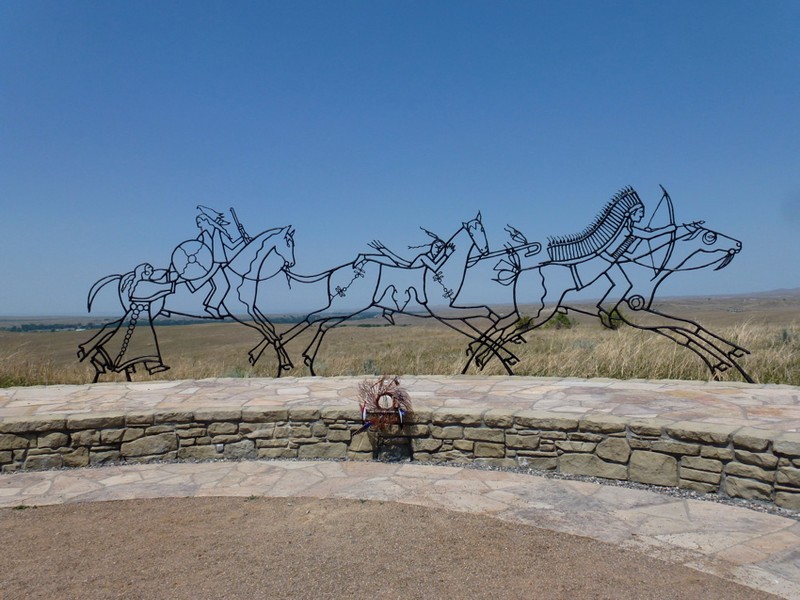
The monument is seen in the center surrounded by the grave sites of the men of the 7th Regiment.
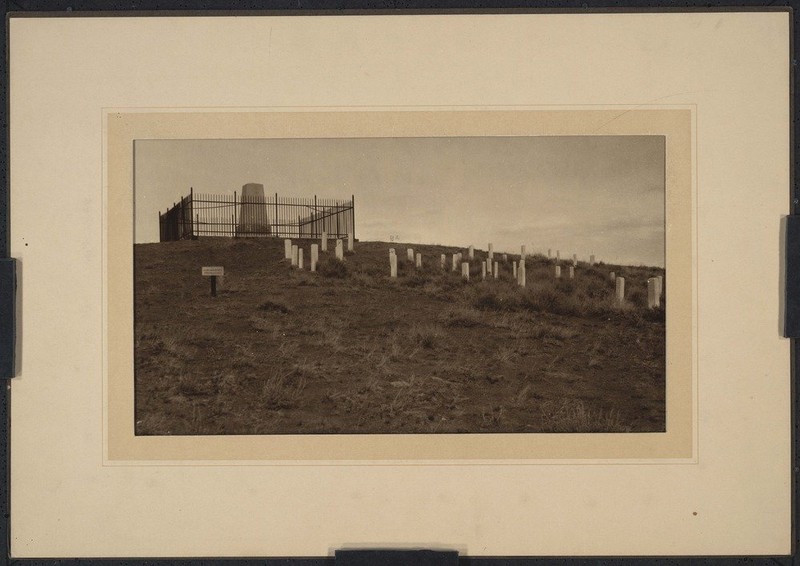
Backstory and Context
Text-to-speech Audio
Aftermath
Almost a year after the battle and due to the Army's efforts in tracking down those involved many native Americans had been caught or killed. In 1877 Crazy Horse surrendered to the U.S. Army, and was later killed for getting into a fight with an Officer. Sitting Bull would surrender in 1881, and was later killed by Indian Agent Policemen in 1890. The Battle of Little Bighorn was overall a short-lived victory for the Native Americans as they would later lose what they were fighting for.
Legacy
The battle to this day plays an interesting piece in American Military History and many theories have emerged about it describing the events. Some believe Custer was too aggressive in his actions and led his men to their fate, another theory is that Custers officers didn't move to relieve Custer's force as they were too afraid to move, which could have changed the outcome. Many of the fallen were buried at the sight of the battle when the Army first returned, Some were transferred for private funerals, and Custer was eventually buried at West Point.
Cite This Entry
Blackburn, Theodore et. al. "Little Bighorn Battlefield National Monument." Clio: Your Guide to History. July 15, 2019. Accessed August 25, 2025. https://theclio.com/entry/19814
Sources
Accessed February 25, 2019. https://www.nps.gov/libi/learn/historyculture/battle-story.htm
2. McDermott, Annette. What Really Happened at Custer's Last Stand?. History. February 13, 2019. Accessed May 10, 2019. https://www.history.com/news/what-really-happened-at-custers-last-stand.
3. Connell, Evan S. The Battle of the Little Bighorn, 1876. EyeWitness to History. 1997. Accessed May 10, 2019. http://www.eyewitnesstohistory.com/custer.htm.

